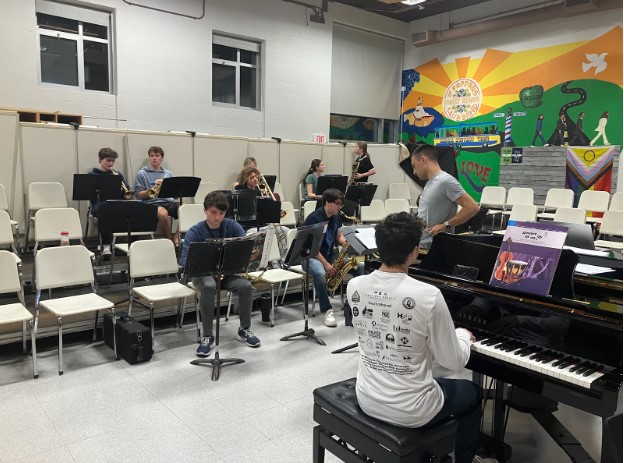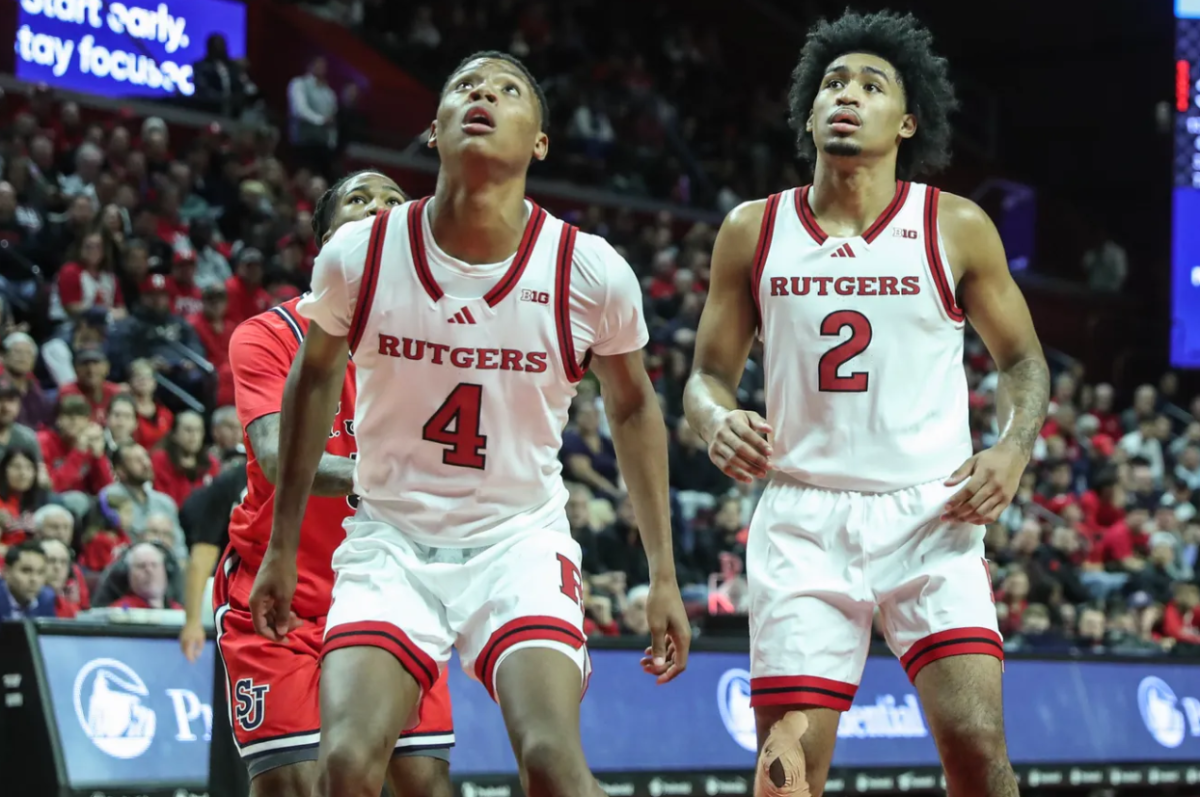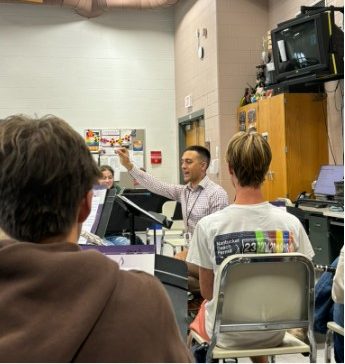Midyear Exams: Are They Necessary?
January 29, 2018
It’s that stressful time of year again–the time when students anxiously refresh the page to their individual X2 portals hoping or dreading to see the outcomes of their midyear exams. As grades good, bad, and horrible pour in, a common question is asked: why do we take midyear exams?
This is a valid question because not all schools require midyear exams. For example, Norwell, one of Hingham’s neighboring towns, does not give any form of midyear exams at all. A lot of Hingham High students find this unfair, given that midyears are an incredibly stressful experience for them.
Juniors specifically harbor a deep hatred for midyears, primarily because if they don’t do well on them it’s difficult to salvage their grades before submitting them to colleges. As most students know, the midyear exams are worth ten percent of their final grades. Ten percent may not seem like a lot to some people, but to students do not perform well on large tests, it can be a crushing weight.
Junior Eleanor Smith comments, “I don’t like how it’s weighted so much. I feel like your performance in the class should mean more then how you do on one test.”
Smith brings up a common grievance students have with the exam. After two grueling terms, getting a bad grade on the midyear makes the first semester’s hard work seem insignificant.
Jessica Carr, another junior, shares, “It’s kind of pointless that the teachers don’t stop teaching until a few days before the actual exam. The only good thing about midyears is getting a day off.”
Ava Barsowskas, a classmates of Jessica’s, agrees. “It’s unfair that there is essentially no review and then we’re expected to remember a whole semester’s worth of material,” she speaks.
The prep time before exams is always abysmal, and the snow days this year definitely did not help. Most teachers continued to teach right up until the day before exams, leaving students flustered and overwhelmed.
AP language teacher Mrs. Jope has some opinions regarding midyears as well. “I can understand and see the merit of AP courses needing to have a diagnostic of critical reading skills and so forth; sort of in that higher stakes environment because that is going to act as a precursor to the high stakes national exam, but I do think courses in other levels like upper standard and standard and honors that are writing heavy, english for example, could benefit in instead doing a summative paper,” she reveals.
Students tend to agree that AP courses need a midyear because they are beneficial to the preparation of the AP exam. However, students in other levels question the need for midyears in their classes when the AP exam is not something they are working towards.
Mrs. Jope is also not alone in thinking that projects or papers would be a better alternative to midyears. Many students who do not perform well in test-taking environments prefer the non-confrontational approach of a project.
Mrs. Jope continues, “However, I understand how standardized testing can give you data that can’t otherwise be collected in smaller test settings, though I am more minded to say lest testing than more testing. I don’t love midyears I don’t love what happens to you guys [the students] in the weeks leading up to midyears. Just the emotional rollercoaster before testing alone is horrible to watch.”
The emotional turmoil that Mrs. Jope brings up is familiar to any students that has to prep for a midyear.
The week before exams is beyond taxing for the students at Hingham High. Many students suffer from exhaustion, irritability, and feelings of overwhelming stress that are not helpful in maintaining good mental health. The week following is often just as tolling, as students wait impatiently and fearfully to see their grades.
It is especially bad for those who are not able to perform well in test-taking environments.
That is why alternatives to midyear exams should be offered. Every student at Hingham High is an unique person with differing strengths. Standardized testing will never be able to cater effectively to the student body as a whole.




























